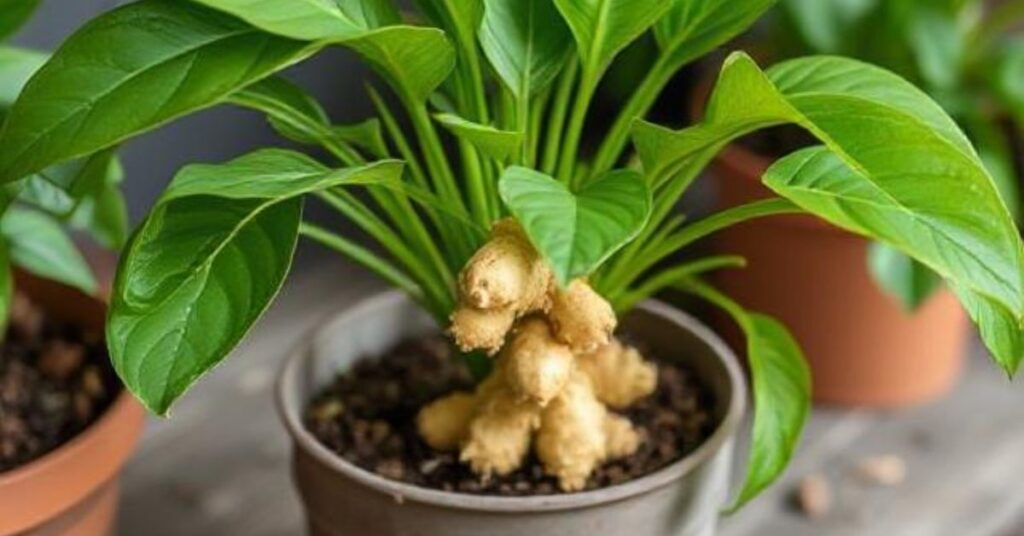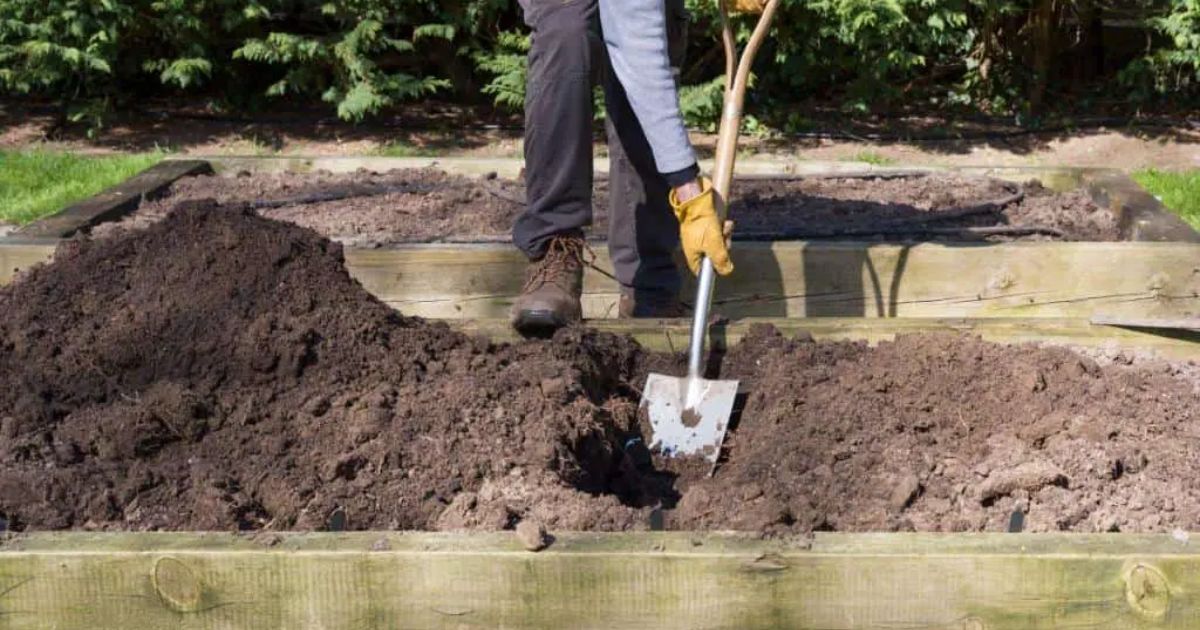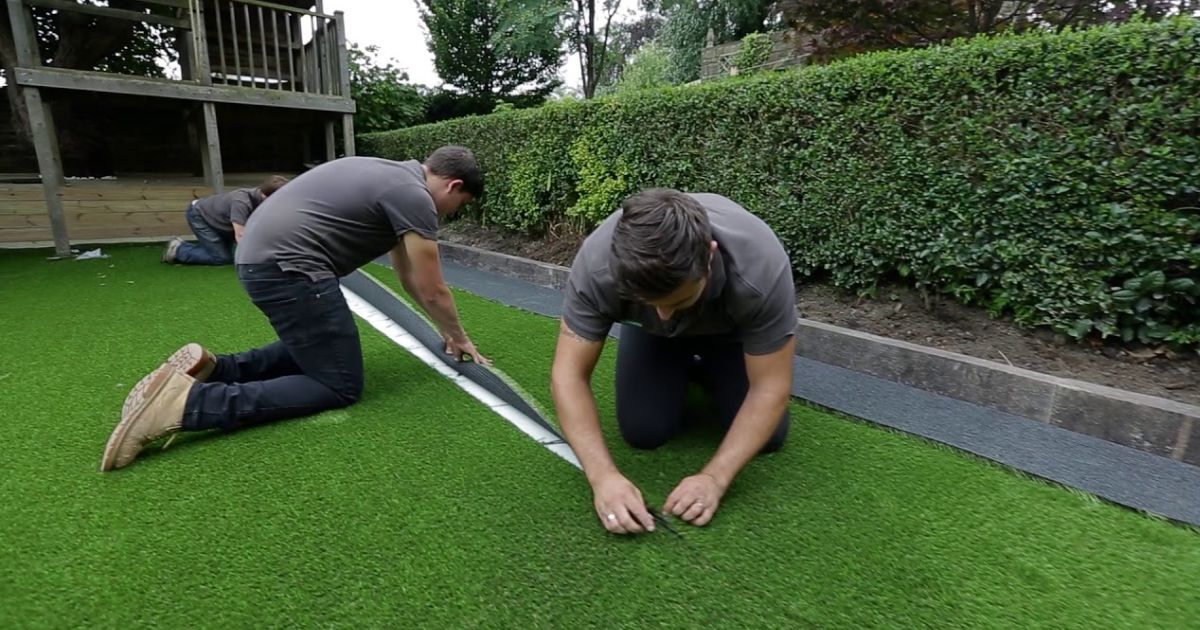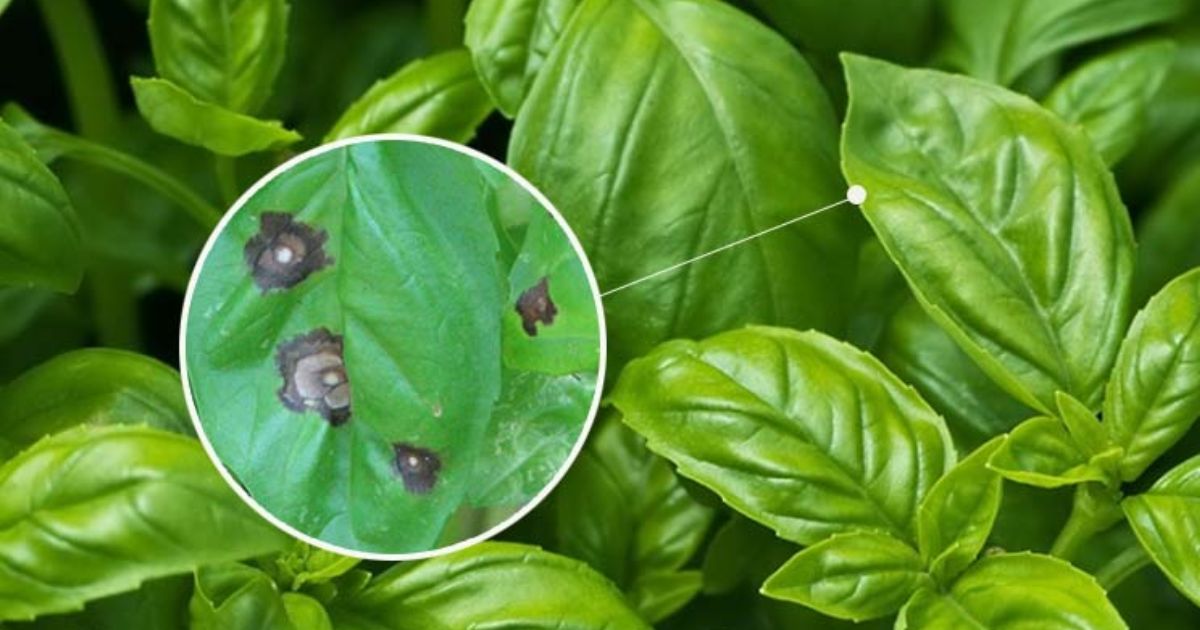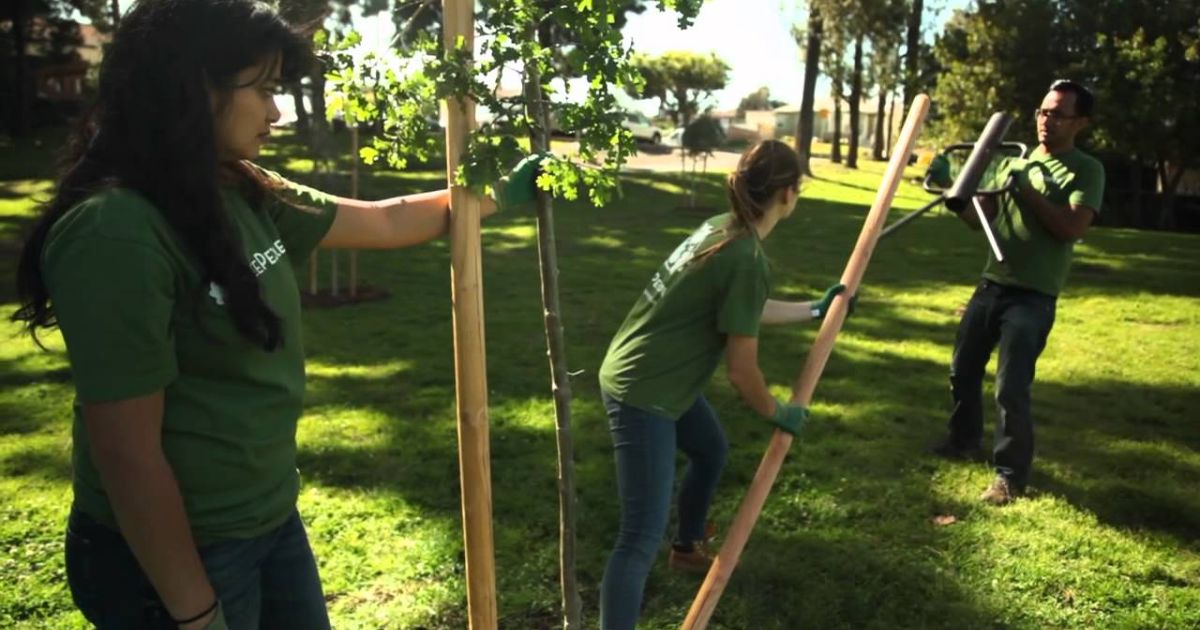Have you ever thought about growing your ginger at home? Growing it yourself can be a game-changer if you enjoy cooking with fresh ginger or because of its health advantages. The finest aspect? Even without a garden, growing ginger is surprisingly simple.Whether you want to plant it indoors in a pot or outdoors in your backyard, this guide will walk you through everything you need to know. From selecting the right rhizome to harvesting your fresh ginger, we’ll cover each step in detail.
So, why grow ginger at home? Fresh ginger not only tastes better, but it’s also free from chemicals and pesticides. Plus, it’s a great way to always have a fresh supply of tea, cooking, or natural remedies.
How to Plant Ginger Root
Planting ginger root is simple and rewarding. Follow these steps to grow your fresh ginger at home:
Choose the Right Ginger Root
- Select a fresh, plump ginger rhizome with visible buds or “eyes.”
- Organic store-bought ginger works best.
Prepare for Planting
- Soak the ginger root in water for a few hours to encourage sprouting.
- Cut it into pieces, ensuring each has at least one bud.
Select the Right Soil and Container
- Use well-draining, nutrient-rich soil.
- If planting in a pot, choose one at least 12 inches deep.
Plant the Ginger
- Place the ginger root 1-2 inches below the soil with buds facing up.
- To keep the soil damp but not soggy, Quick and Easy Ways to Ripen water it sparingly.
Provide Proper Care
- Keep the plant in warm, indirect sunlight.
- Water regularly, but avoid overwatering.
- Use organic fertilizer for healthy growth.
Harvesting Ginger
- Ginger takes 8-10 months to mature.
- Harvest when leaves turn yellow, or dig up small pieces as needed.
Where Can You Grow Ginger?
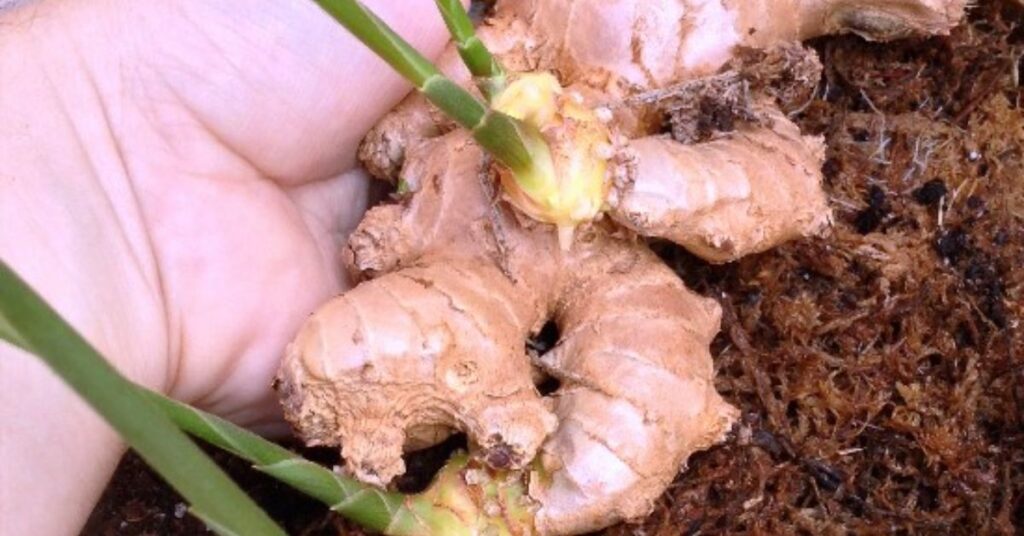
Ginger is a tropical plant, but the good news is that you can grow it almost anywhere with the right conditions!
Outdoors in Warm Climates
- Ginger thrives in USDA zones 9-12, with temperatures above 50°F (10°C).
- Ideal for tropical and subtropical regions like Florida, Hawaii, and southern parts of Texas and California.
- Plant in rich, well-draining soil with partial shade for best growth.
In Pots or Containers
- Perfect for cooler climates where outdoor growing isn’t possible.
- Use a wide, shallow pot (at least 12 inches deep) with good drainage.
- Keep indoors near a bright window, away from direct harsh sunlight.
Greenhouses and Indoor Gardening
- A great option for year-round growing in colder regions.
- Maintain warm temperatures (70-85°F or 21-29°C) and high humidity.
- If there is little natural light, use grow lights.
Seasonal Outdoor Growing in Cooler Climates
- In temperate regions, ginger is planted in spring after the last frost.
- Grow in large containers and bring them indoors when temperatures drop.
How to Grow Ginger from Store-Bought Ginger
Growing ginger from store-bought ginger is easy and rewarding. Follow these steps to get started:
Choose the Right Ginger
- Select a fresh, organic ginger root (rhizome) with visible buds or “eyes.”
- Avoid shrivelled or dried-out pieces.
- Non-organic ginger may be treated with growth inhibitors, so organic is best.2. Bare Root Strawberries Prepare the Ginger for Planting
- Soak the ginger in warm water overnight to remove any chemicals.
- Cut it into pieces, ensuring each has at least one bud.
- Let the cut pieces dry for a day to prevent rotting.
Planting the Ginger
- Use a wide, shallow pot or a well-draining garden bed.
- Plant the ginger 1-2 inches deep, with the buds facing up.
- Keep the soil damp but not wet by giving it light watering.
Provide Proper Growing Conditions
- Place in warm, indirect sunlight (70-85°F or 21-29°C).
- Keep the soil prosperous and well-draining.
- Fertilize every few weeks with organic compost or fertilizer.
Harvesting Ginger
- Ginger takes 8-10 months to mature.
- You can harvest small pieces after 4-5 months.
- For full-grown ginger, wait until the leaves turn yellow and dry.
You can turn a store-bought ginger root into a thriving plant with patience and The No-Brainer Guide to Starting Seeds Indoors care.
How Long Does It Take to Grow Ginger?
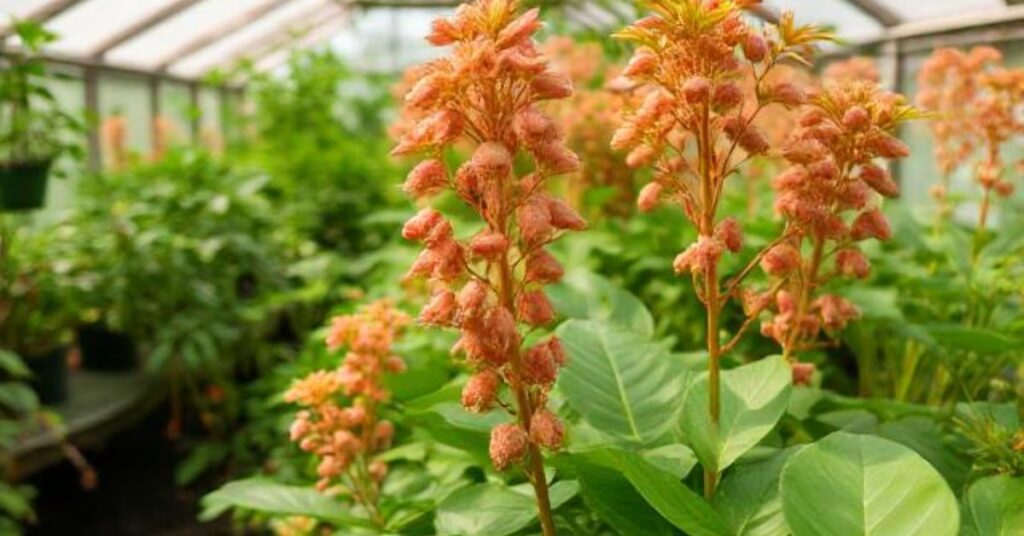
Ginger is a slow-growing plant, but the wait is worth it! Here’s a breakdown of the growth timeline:
Sprouting Stage (2-4 Weeks)
- After planting, ginger takes 2-4 weeks to sprout, depending on warmth and moisture.
- Keep the soil moist and warm (70-85°F or 21-29°C) for faster sprouting.
Early Growth (2-4 Months)
- The plant will develop long green shoots and leaves.
- You can harvest young ginger (also called baby ginger) for a milder Why Fall is the Best Time to Plant Trees flavour at this stage.
Full Maturity (8-10 Months)
- Ginger reaches full maturity in 8-10 months.
- The leaves will start turning yellow and dry, indicating it’s ready for harvest.
Harvesting
- You can harvest small pieces after 4-5 months, but wait at least 8 months for fully developed ginger.
- The longer you wait, the stronger the flavour of the ginger.
Growing ginger requires patience, but with the proper care, you’ll have fresh, homegrown ginger in under a year.
When and How to Harvest Ginger
Harvesting ginger at the right time ensures the best flavour and quality. Here’s what you need to know:
When to Harvest Ginger
- Young Ginger (Baby Ginger) – Ready after 4-5 months. It has a mild flavour and soft skin.
- Mature Ginger – Best harvested after 8-10 months when the leaves turn yellow and dry out. This ginger has a stronger flavour and thicker skin.
How to Harvest Ginger
- Loosen the Soil: Use a small shovel To gently remove the dirt surrounding the plant, use a garden fork.
- Lift the Rhizomes: Carefully pull up the ginger rhizome, shaking off excess dirt.
- Trim the Leaves: Cut off the dried leaves and stems, leaving just the root.
- Rinse and Use: Wash the ginger thoroughly before using or storing it.
Harvesting Without Killing the Plant
- Instead of pulling up the entire plant, cut off a portion of the rhizome and cover the remaining part with soil.
- As a result, the plant can keep growing and produce more in the future.
- Harvesting ginger plant flower at the correct time and with the right methods will allow you to eat it fresh and tasty right out of your garden. How to Grow Hydrangeas in Your Garden
Troubleshooting Common Problems When Growing Ginger
Growing ginger is easy, but sometimes problems arise. Here are some common issues and how to fix them:
- Yellowing of the leaves can be brought on by excessive irrigation, inadequate poor drainage, or nutrient deficiencies. Ensure the soil is well-draining and water only when the top layer feels dry. Adding organic compost can help replenish nutrients.
- Slow Growth—If your ginger isn’t growing well, it may not be getting enough warmth or nutrients. Replace the organic fertilizer every several Maintain a temperature range of 70 to 85°F (21 to 29°C) and fertilize with organic fertilizer every few weeks.
- The most frequent cause of root rot is excessive irrigation. Add sand or perlite to the soil to enhance drainage and cut down on watering if the roots of your ginger plant are mushy and darkened.
- Ginger leaves and roots can be harmed by pests such as fungus gnats, spider mites, and aphids. To maintain them, use insecticidal soap or neem oil.
- Fungal Diseases—If you notice mold or spots on leaves, improve airflow around the plant and avoid watering them. Using a natural antifungal spray can also help.
Addressing these common problems early can keep your hardy ginger plants healthy and thriving.
Growing Ginger Indoors vs. Outdoors
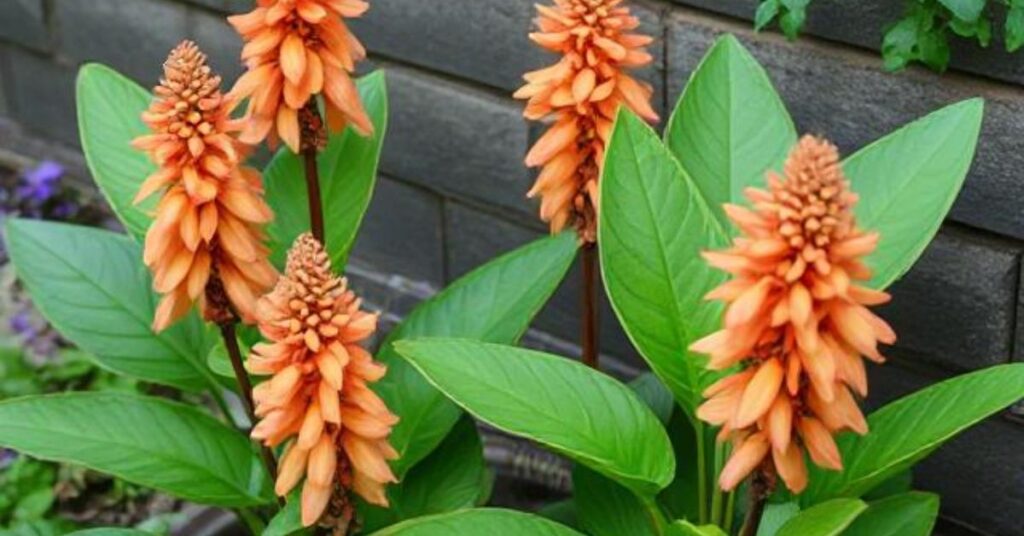
Ginger is a multipurpose plant that grows both indoors and out.but each method has advantages and challenges.Growing Ginger Indoors is ideal for cooler climates where outdoor conditions aren’t suitable. It allows you to control temperature and humidity, ensuring the plant stays warm (between 70-85°F or 21-29°C). Use a wide, shallow pot with well-draining soil, and place it in a spot with indirect sunlight. The benefit of indoor growing is protection from pests and harsh weather, but you must ensure adequate warmth and humidity.
Growing ginger greenhouse Outdoors works best in tropical and subtropical climates (USDA Zones 9-12). It thrives in partial shade with rich, well-draining soil. Outdoor-grown ginger usually grows larger and faster due to natural sunlight and rainwater. However, it’s more susceptible to pests, extreme weather, and overwatering from rainfall.Consider beginning ginger indoors early if you live in a colder environment. spring and moving it outdoors when temperatures are consistently warm. Proper care will ensure a healthy, thriving ginger plant no matter where you grow it. Whether inside or outside, fresh homegrown ginger is always within reach.
Best Container for Growing Ginger
Growing ginger at home is easier than you think, especially if you have the correct container. The best container is a broad and shallow pot, around 12–16 inches deep and at least 15 inches wide. Ginger grows horizontally, so depth isn’t as important as surface area.Ginger detests waterlogging, so use a container with plenty of drainage holes. . Plastic or terracotta pots work great—plastic retains moisture better, while terracotta provides natural breathability. The Best Containers for Seed Storage Planting a larger crop can also raise beds or grow bags.
Make use of loose, organic matter-rich soil that drains nicely. The pot should be placed in a warm, somewhat shaded spot. , as ginger prefers indirect sunlight. Keep the soil moist but not soggy.One bonus tip? Plant the ginger rhizomes with the “eyes” facing up, giving them space to spread. You’ll harvest your fresh ginger quickly with patience and the correct container!
Conclusion
Growing your ginger is a simple and rewarding process that anyone can do, whether you have a garden or just a tiny space indoors. You can cultivate fresh ginger at home with the right conditions—warm temperatures, indirect sunlight, and well-draining soil. The best part? You don’t need to be an expert gardener to get started!By choosing a healthy ginger rhizome, providing proper care, and being patient, you’ll have a continuous supply of fresh ginger for cooking, tea, and natural remedies. If you’re growing it indoors, maintain warmth and humidity, while outdoor growers should protect their plants from pests and extreme weather.
The key to success is regular watering, occasional fertilizing, and knowing when to harvest. Whether you prefer baby ginger for its mild flavour or fully matured ginger for its strong, spicy taste, you can enjoy homegrown ginger year-round with minimal effort.So why not give it a try? With patience and care, you’ll have fresh, organic ginger ready to harvest and use whenever needed. Take advantage of the advantages of growing your own ginger by starting your planting today.
FAQ
How long does it take to grow ginger?
Ginger typically matures in 8-10 months. However, you can harvest baby ginger for a milder flavour after 4-5 months.
Can I grow ginger from store-bought ginger?
You can grow ginger from store-bought rhizomes if they have visible buds or “eyes.” For best results, choose fresh, organic ginger.
Does ginger need direct sunlight?
Ginger prefers indirect sunlight, whether grown indoors or outdoors. It is better to plant it in an area with bright but filtered light because direct sunlight might burn the leaves.
What is the best way to keep harvested ginger?
You may keep freshly picked ginger in the fridge for a few weeks. Ginger can be dried for subsequent use or frozen for long-term storage.
How can I prevent the deterioration of my ginger?
Make sure the soil for your ginger drains properly and don’t overwater it to prevent root rot. Use organic matter, like as sand or perlite, to enhance drainage and allow the soil to dry out a little between waterings.

